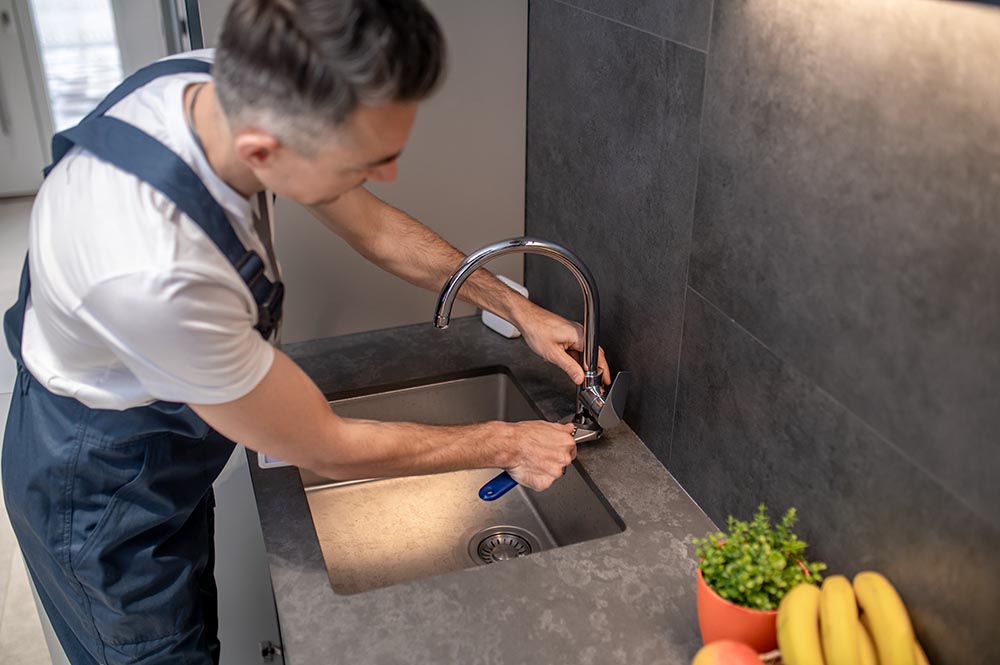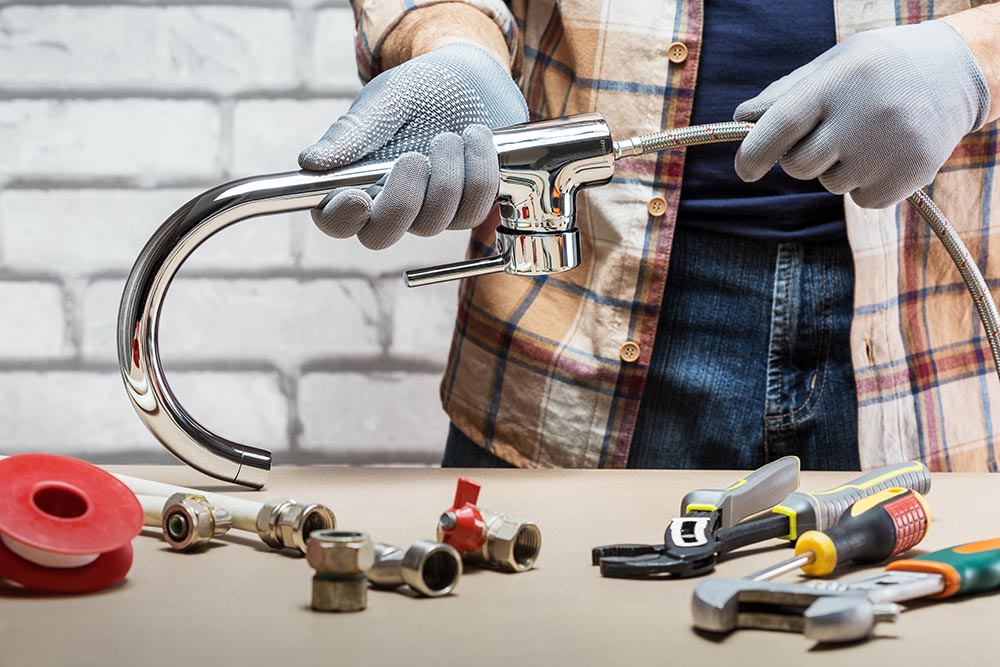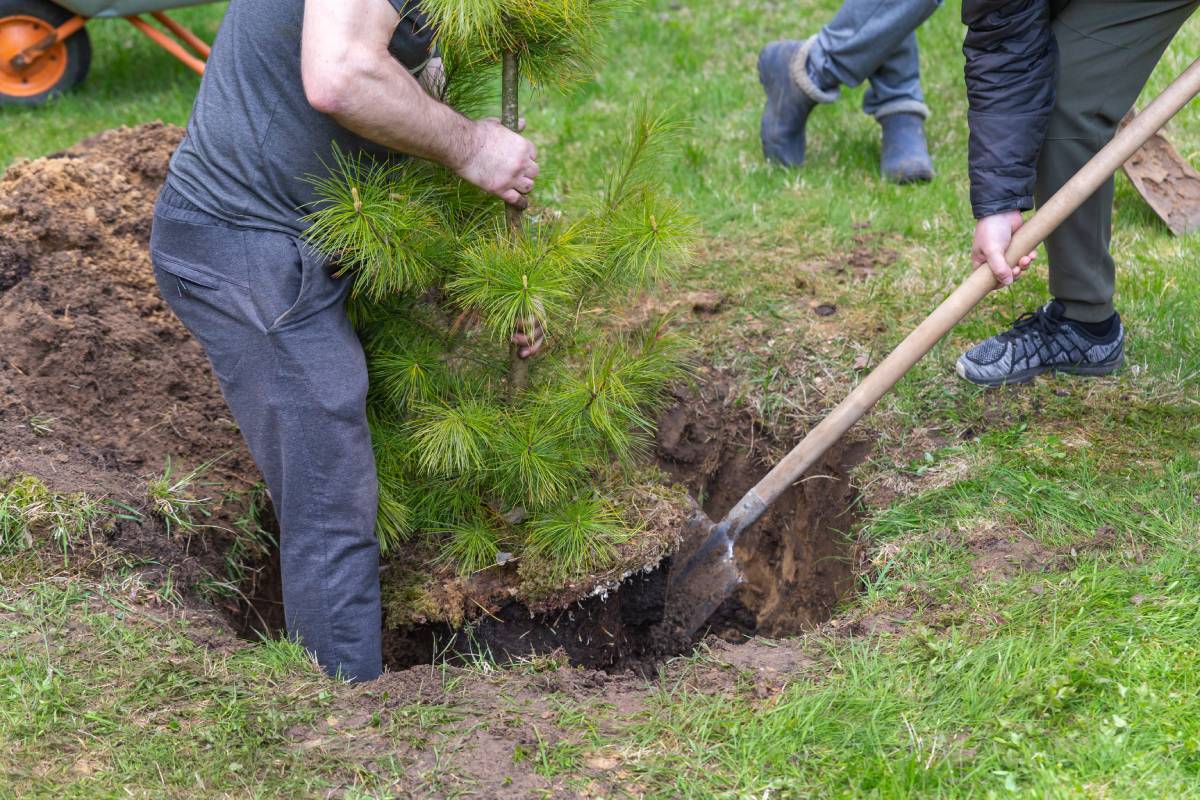
Transplanting Trees: When and How to Do It?
Transplanting trees requires careful planning, especially for multi-stem trees, which are delicate in their early stages. They are typically raised in a nursery before being moved to a permanent location to avoid damage from dehydration or exposure during transplanting.
Seedlings of small-seeded, spread species will outgrow their seedbed within the first year after germination in spring and will need to be transplanted. Examples include oaks, cherries, and chestnuts, which are planted with more space and can remain in place for an additional year after sowing.
Regardless of the tree species, effective nursery transplanting is crucial for the plant’s health and survival. This involves taking necessary measures to prepare the ground and the tree before and after transplanting.
Read on for information on when and how to move a tree to ensure its survival in its new environment.
You might also read:
Preparing for Your Tree Transplanting Project
Transplanting trees isn’t a simple task. You need to assess whether you’re up for the job, as it involves several steps: root pruning, digging up the tree to be moved, preparing a new planting hole, lifting and transporting the large tree with its rootball intact, replanting, filling both holes and tree pruning. Also, only consider transplanting trees if you can commit to watering them regularly for at least a year afterwards – no extended vacations during the summer!
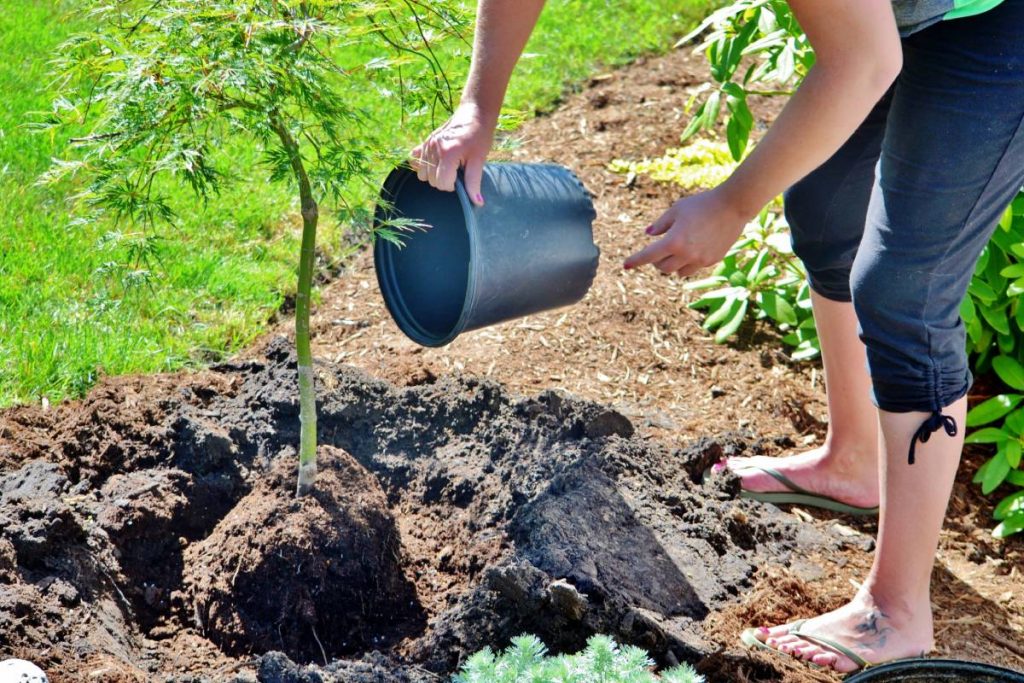
Root pruning is essential before transplanting any mature tree. This process encourages the root system to become denser and more fibrous, resulting in healthier roots closer to the stems when the tree is finally moved. It’s similar to pruning a dense canopy – the more you prune and shape, the more defined it becomes.
When transplanting a tree, preserving as much of the original root system as possible is crucial. The general rule is that the rootball should be 25-30 centimetres in diameter for every centimetre of trunk diameter. For example, if the trunk diameter is 8 centimetres, the rootball should measure 200 to 240 centimetres in diameter, and the depth of the rootball should match. Keep in mind that rootballs can be deceptively heavy, so moving large trees may require specialized equipment and machinery.
Best Time for Transplanting
The best times to transplant trees are late autumn, winter, or early spring. It’s recommended to move the tree after the leaves have shed in autumn or before fresh buds appear in spring.
Root Pruning Before Transplanting
Pruning the roots before transplanting significantly increases the tree’s chances of survival. This should be done well ahead of the actual moving date.
Root pruning encourages new feeder roots to grow closer to the trunk. These fresh roots will be included in the rootball, giving the tree a better chance of establishing itself after being replanted.
Steps for Root Pruning:
- Hydrate Before Pruning: Water the soil around the tree the day before pruning. This makes the soil easier to dig and reduces stress on the roots.
- Bind the Branches: Tie up lower branches to prevent them from getting in the way while digging, minimizing stress on the tree.
- Mark the Area: Determine the region you want to prune, ensuring the root ball’s diameter matches 10 to 12 inches per inch of trunk diameter.
- Dig a Hole: Begin digging a trench around the tree with a flat spade, ensuring the cutting edge is opposite the plant. Use sharp tools for precise cuts, and remove any larger roots encountered.
- Dig Deeper: Excavate to a depth of about 24 inches, removing roots to expose necessary lateral roots. Set aside topsoil and subsoil to refill the hole after pruning.
- Soil Replacement: Replace the subsoil first, followed by the topsoil, ensuring no air pockets are left.
- Stake: If the tree is tall or in an exposed position, stake it to prevent falling over. Be careful not to damage the roots.
- Water: Water the tree thoroughly, ensuring the entire rootball is soaked. Water regularly during the first summer after transplanting.
Note: Clipping the roots encourages feeder root growth, so the more roots within and around the rootball, the better. Trees should be left for at least two years before root pruning or transplanting again.
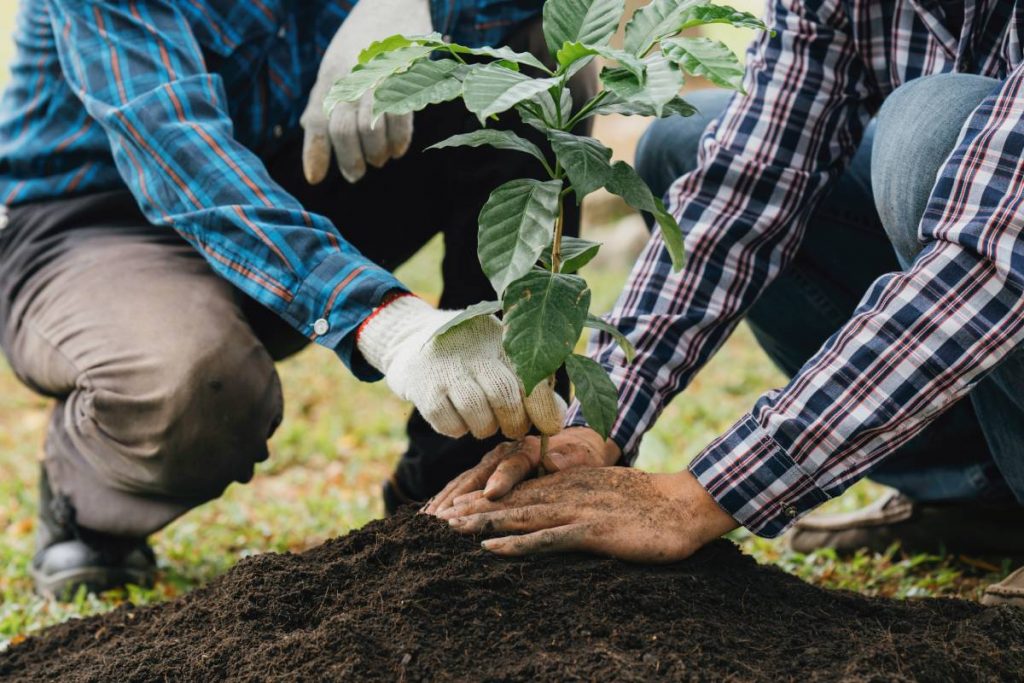
Steps for Transplanting a Tree
The basic steps for transplanting a tree are similar to root pruning, but with a few key differences.
Step 1: Water Before Transplanting
The day before moving your tree, water the ground to moisten the soil, reduce root stress, and keep the root ball intact.
Step 2: Prepare the New Hole
Dig a new hole for the tree transfer, making sure it’s about the same size as the rootball. A snug fit with minimal soil disturbance is ideal. If the ground is compacted, loosen it with a spike.
Step 3: Secure the Branches
Tie up the lower branches gently to prevent damage and keep them out of the way.
Step 4: Mark the Area Around the Tree
Scrape away the top layer of soil around the roots, then mark the digging area. Extend the line past the trimming hole to account for new root growth, and start digging beyond this point.
Step 5: Dig Around the Plant
Using a flat shovel, dig around the plant while standing within the defined circle. Gradually dig deeper, shaping the root ball. Cut through any large roots with loppers or a saw.
Step 6: Dig Below the Plant
Once you’ve trimmed the perimeter to the appropriate level, start digging beneath the root ball to incorporate the roots.
Step 7: Transfer the Root Ball to a Tarp
Before fully removing the root ball, place a tarp or burlap inside the hole next to it. Dig beneath the ball to sever any remaining roots, then lift and wrap the root ball in the tarp for transport.
Extra Tips
- Always lift the plant from the bottom, never by its trunk.
- Keep the roots hydrated and shaded if the tree can’t be replanted immediately.
- Avoid transporting large plants in open vehicles; use enclosed vehicles or tent the plant. Wet burlap or newspaper can help maintain root moisture during transport.
Conclusion
When planting a tree or shrub, make sure the rootball doesn’t extend above the depth of the new planting hole. Planting trees too deeply can lead to water pooling around the roots and causing flooding.
The first signs of root rot may not appear until several years after transplanting, by which time it may be too late to save the plant. To avoid this, plant the tree with the top of the root ball level with the soil surface; don’t guess the depth.




